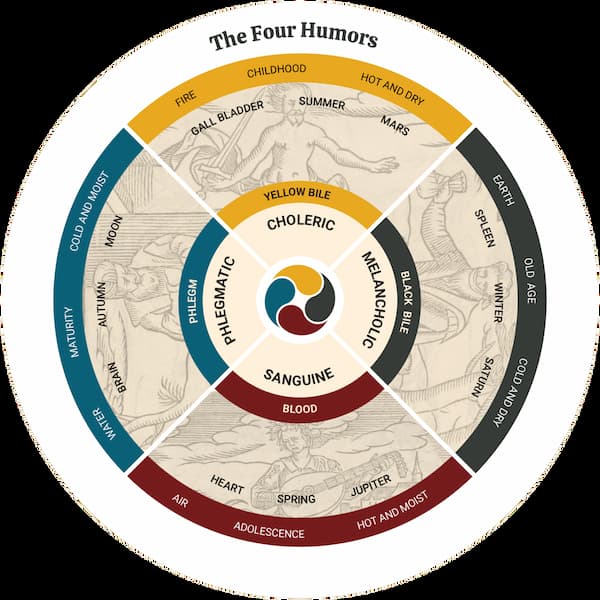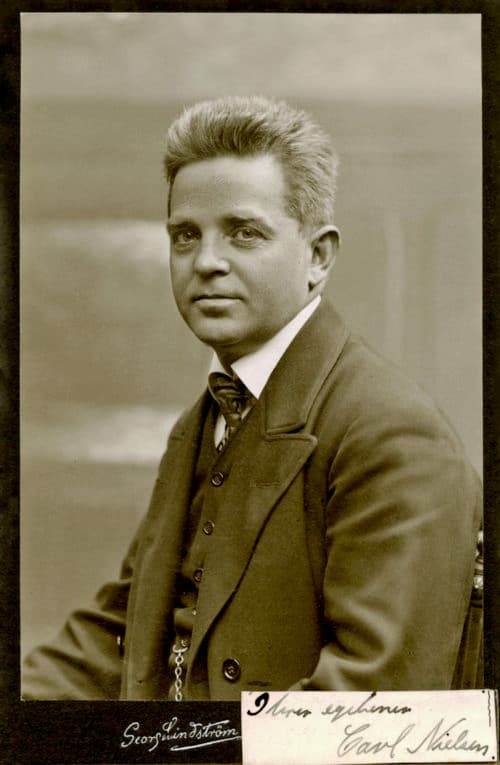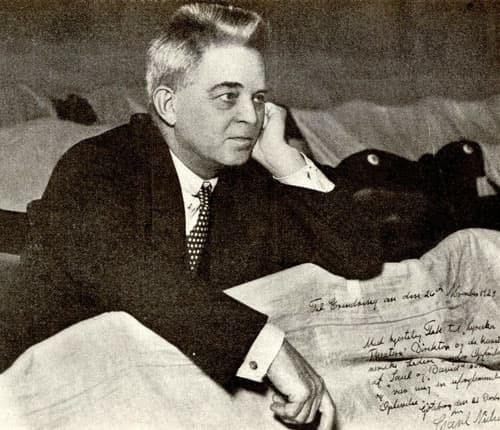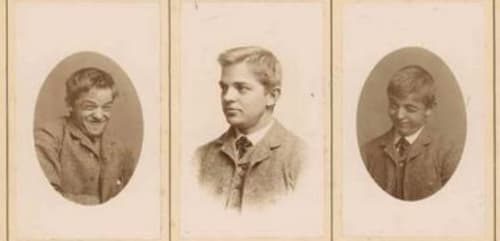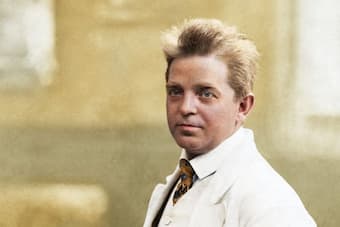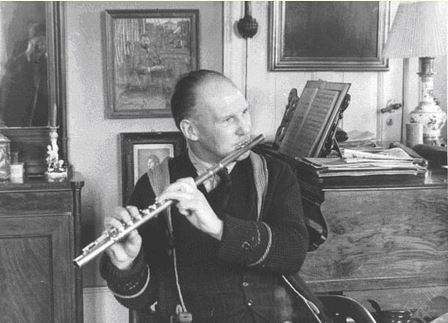In 1918, between his Flute Concerto and his third symphony, Carl Nielsen wrote one of his few tone poems: Pan og Syrinx (Pan and Syrinx). The nymph Syrinx, known for her chastity, and vowing, as a follower of the huntress
Nielsen
Carl Nielsen’s second symphony bears a curious title: The Four Temperaments. The temperaments, or the four bodily humours, were the four liquid elements that make up the human body: ‘yellow bile, phlegm, black bile and blood, a preponderance of any
Located nearly 1,400 km northwest of Denmark, the Faroe Islands were first under Norwegian rule in the 11th century and under Danish rule in the 16th century. During the 20th century, the language of the islands gradually grew away from
The great Nordic countries of Europe have produced two significant composers over the last 150 years. Both were born in 1865, but Denmark’s Carl Nielsen always stood in the shadow of Jean Sibelius. Sibelius came from an upper-middle-class upbringing, while
“Fyn,” also known as “Funen” is the third-largest island of Denmark. Sometimes known as the “Garden of Denmark,” this predominantly flat island hosts a mainly mild climate. It is also the birthplace of pop singer MØ, a footballer named Christian
The tale of the Greek god Pan and the nymph Syrinx is a tale of unrequited love and the invention of a musical instrument. After doing readings in Ovid’s Metamorphses, the Danish composer Carl Nielsen (1865-1931) took up the take
Carl Nielsen’s Symphony No. 5, Op. 50 premiered in Copenhagen on 24 January 1922. When a reporter asked him on the day of the premiere about the subject or title of the work, Nielsen replied, “It is nameless… The only
“The flute cannot deny its own nature, its home is in Arcadia and it prefers pastoral moods. Hence, the composer has to obey its gentle nature, unless he wants to be branded a barbarian.” That’s how Carl Nielsen, one of


